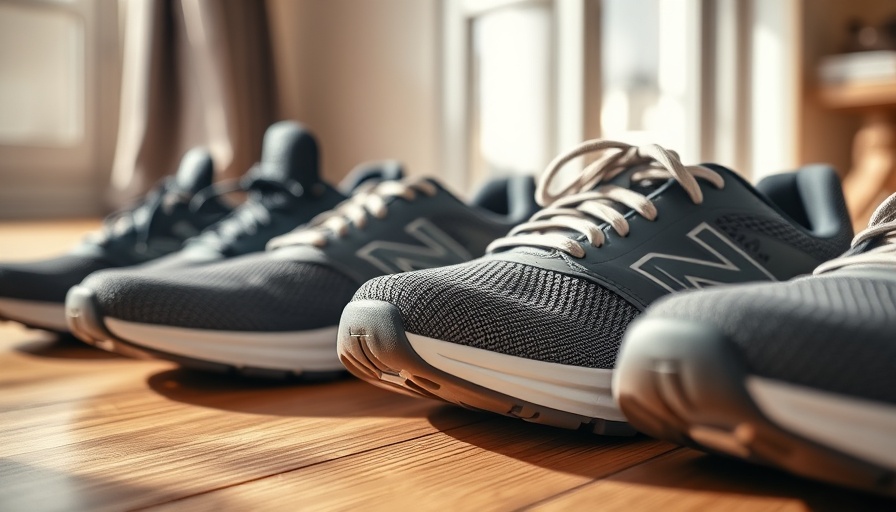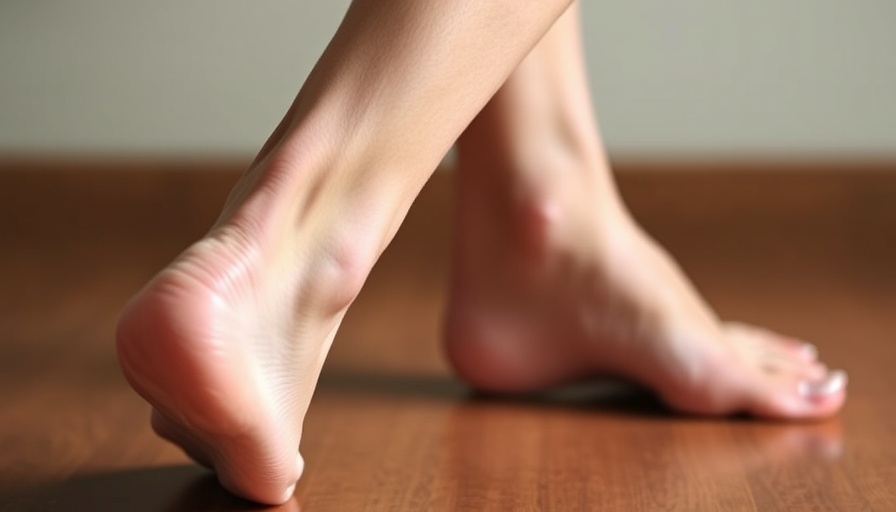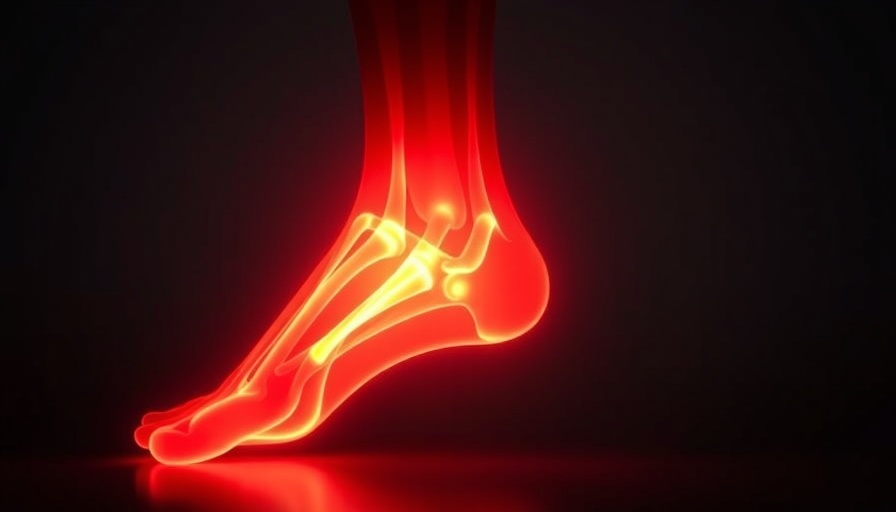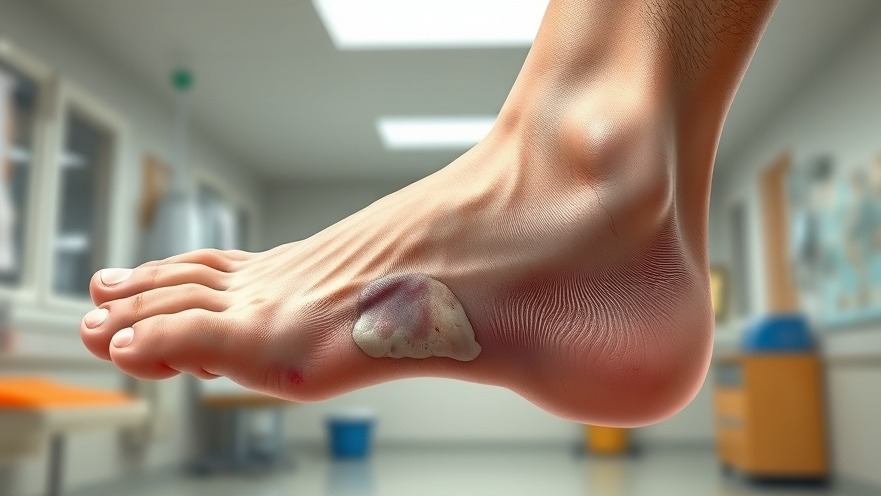
Understanding the Impact of Footwear on Health
When we think about footwear, it's easy to get lost in the realm of aesthetics. However, what often gets overshadowed is the profound impact our choice of shoes can have on our overall foot health. While it seems trivial, wearing the proper fitting shoes is critical for maintaining not just comfort but also mobility and well-being.
Your Shoes Should Fit—But Do They?
Remember those days in childhood when a professional measured your feet to select the perfect pair of shoes? Fast forward to adulthood, and how many of us have abandoned that practice? Footwear sizing can be surprisingly inconsistent, with each manufacturer adhering to its unique interpretation of sizes, compounded by the complexity of conversion across different measuring systems (US, UK, EU). This inconsistency can lead to countless individuals sporting shoes that simply don’t fit, putting them at risk of blisters, calluses, or even more serious conditions like nerve damage.
The Hidden Dangers of Ill-Fitting Footwear
Ignoring the signs of a poor fit can lead to more than mere discomfort. A common, yet often overlooked, indicator of ill-fitting shoes is blisters, which signal that there is friction in areas that should otherwise be stable. Over time, this friction can lead to further issues, including hard skin buildup (calluses) and painful corns. The warning signs—burning, tingling, or numbness—shouldn't be ignored; they indicate that the superficial discomfort could lead to more severe damage if not addressed.
How Our Feet Change Over Time
Interestingly, while adult bones cease to grow, our feet transition throughout life due to various factors such as hormonal changes, changes in muscle mass, and lifestyle alterations. This multifactorial progression means that shoe size, too, can shift. For instance, during pregnancy, increased ligament laxity might require shoes with a wider fit. Aging can cause reductions in muscle, often necessitating narrower footwear for better balance and support.
Choosing the Right Footwear Matters
Before heading to your favorite online shop or boutique, it’s essential to consider how footwear construction plays into health. A sole designed to absorb impact can preserve your joints from excessive stress, especially if you’re involved in activities that require longer standing or walking periods. Moreover, features such as contoured insoles for arch support, adjustable straps, a properly stiffened heel counter to guard against ankle instability, and spacious toe boxes are key considerations in footwear selection.
Trends in Athletic Footwear
The athletic footwear market has exploded with innovations aimed at enhancing performance. Technologies embedded in running shoes have made strides in supporting not just casual runners but Olympic athletes too. Recent research, like that from Dyer (2020), poses intriguing questions about whether advancements in footwear technology may have significantly altered the landscape of competitive sports, pushing boundaries further than previously thought. It prompts athletes and casual walkers alike to reconsider their footwear choices as essential tools for performance and health.
What Footwear Can Reveal About You
The type of shoes people wear often offers a glimpse into their lifestyle choices and attitudes. Sneakers might convey a person's inclination toward an active lifestyle, while stylish boots might illustrate a preference for fashion over comfort. Understanding one's footwear choice can empower individuals to recognize the link between their shoes and health beyond the superficial aesthetic appeal.
Explore Professional Care Options
If you're uncertain about your footwear or foot health, consulting a podiatrist can provide personalized insight. A professional can help assess your foot health and fit, advising which types of shoes could best cater to your needs. It’s worth considering seeking out a local medical pedicure spa that can provide expert care for both aesthetic and therapeutic purposes. Such services ensure you're not just looking good but also feeling good.
The Bottom Line: Invest in Your Feet
Quality footwear matters greatly for foot health and overall well-being. From selecting the correct size to understanding how your foot's needs change over time, taking these aspects seriously can lead to profound benefits. Don’t hesitate to prioritize your foot health; it’s time to rediscover the joy of comfy, well-fitted shoes and explore the possibilities they open up in your daily life. Schedule an appointment with a local podiatrist or [find a Medi Pedi Center](https://www.myfootdr.com.au/) to take that first step toward healthier feet.
 Add Row
Add Row  Add
Add 




Write A Comment